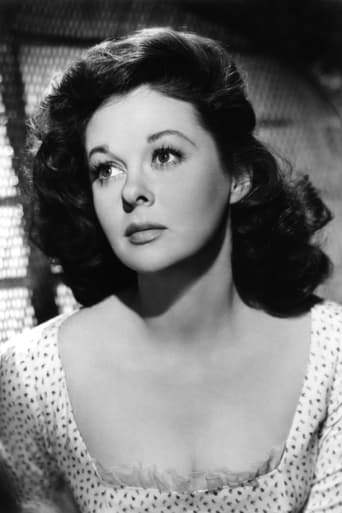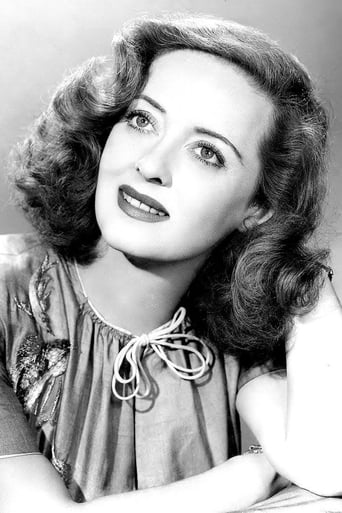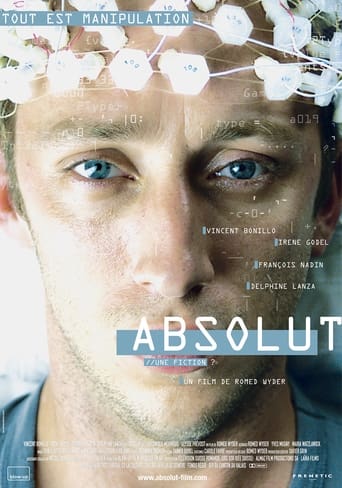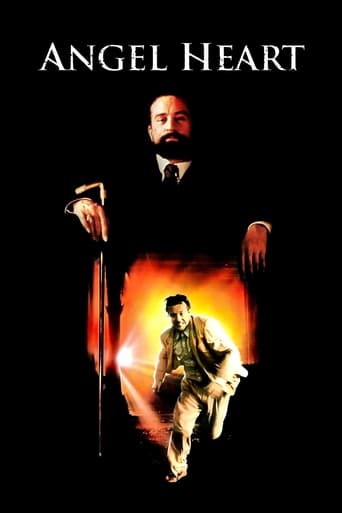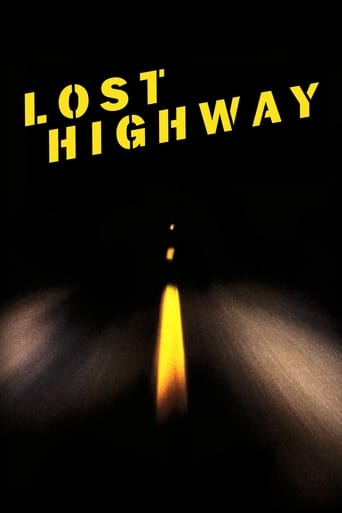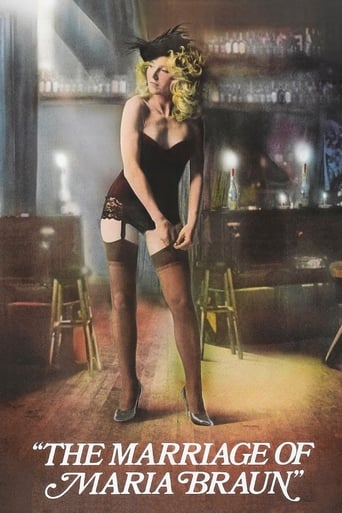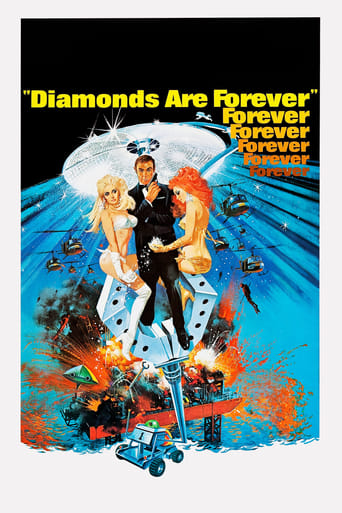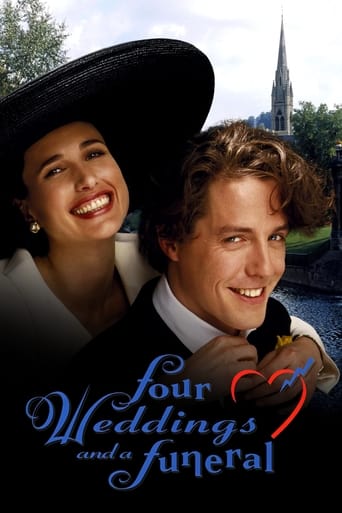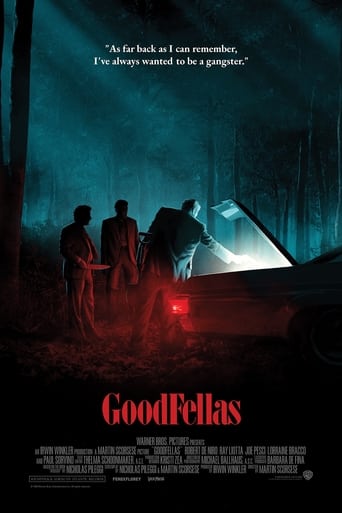
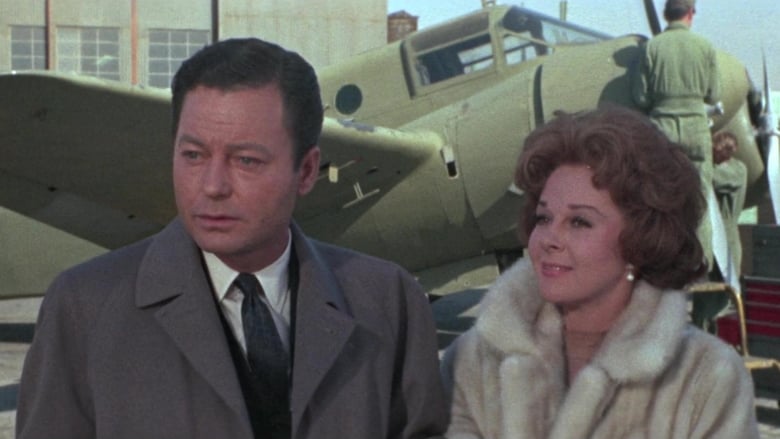
Where Love Has Gone (1964)
A divorced couple's teen-age daughter stands trial for stabbing her mother's latest lover.
Watch Trailer
Cast


Similar titles
Reviews
Why so much hype?
The Worst Film Ever
If you don't like this, we can't be friends.
It is neither dumb nor smart enough to be fun, and spends way too much time with its boring human characters.
...when films of 1960-1965 had one foot in the demure production code era and one foot in the budding sexual revolution.After the credits open with some horrid MOR song over idyllic shots of San Francisco, we cut to the action. Joey Heatherton stabs Rick Lazich in the presence of her mother (Susan Hayward), who had him as her latest boyfriend. Heatherton's dad (Mike Conners) flies in for appearance's sake, since he's there at the sufferance of Grandma (Bette Davis in another of her juicy later career roles) who controls everything.We get a flashback to how Conners and Hayward married and divorced. Although, this is a flashback to some alternate-universe 1944 in which the US is still at war but everybody wears 1960s fashions and hairstyles. Conners is a war hero; Hayward a sculptress; Davis interferes in their marriage and gets all of the bankers in Frisco to make it so that Conners can only go back to her family business rather than start his own architecture firm. Hayward sleeps around (presumably) with her models while Conners drinks himself into a divorce.Back in the present day, the killing is deemed a justifiable homicide, but Heatherton is kept in juvie while the courts can figure out who, if anybody should get custody of her. George Macready plays Davis' lawyer; Jane Greer comes from out of the past to play a social worker; and DeForrest Kelly plays Hayward's art dealer (Jim, I'm a doctor, not an art critic!).Davis overacts and delivers pointed bons mots; Hayward wears big hair and recites some terribly overripe lines; Conners gets to be wooden; and Heatherton cries "Daddy!" all the time; you almost expect her to break out into the "I've Written a Letter to Daddy" song that appears at the beginning of What Ever Happened to Baby Jane? And then there's an ending that makes no sense.If you're looking for a serious movie, I'd rate it a 3/10. But if you're looking for the sort of turgid, over-the-top potboiler where you yell back at the screen and laugh at the absurdity of it all, I'd give it an 8/10. It's not quite as "so bad it's good" as Valley of the Dolls or Torch Song, but it's an eminently entertaining disaster nonetheless. I split the difference to give it a 6/10.Just one more thing. Bette Davis is only nine years older than Susan Hayward, but very credibly looks like her mother. Part of that was that Bette Davis, dish that she was when she was young, aged very poorly for whatever reason. The other part is makeup. In contrast, Susan Hayward aged very well, as short as her life was, and she looks nowhere near 47 here, which was her actual age.
"Where Love Has Gone" is a bad movie. The characters are pretty much one-dimensional, the acting is about as subtle as a baseball at upside your head and the script is salacious and sleazy...yet, this film is incredibly entertaining because it's so over-the-top! Subtle, this movie ain't!! The film begins with a killing that I am sure was modeled after the true-life killing of Lana Turner's husband by her daughter from a previous marriage. Though the details aren't 100% certain, it sure bears a lot of similarity to the start of this film. It was a HUGE and very sensational story back in the 50s--and now the tale is being brought to the screen--in a story that has many, many changes from the original true tale.The next portion of the film is a long flashback. Susan Hayward lives with her very rich and extremely controlling and manipulative mother (Bette Davis). She's very unhappy yet she doesn't leave...though she longs for change. When a guy comes into her life (Chuck Connors), Hayward is smitten. Why? Because when Davis tries to wrap him around her finger, he tells her to take her money and stuff it! However, he has no idea that this is what made Hayward love him.Shortly after they marry, Connors' self-esteem is in the toilet. Behind his back, she made sure he'd fail in business and would be forced to work for her company. As a result of this, Connors is disheartened and starts to hit the bottle. And, because he's no longer the virile man who stood up to Davis, Hayward has contempt for him and his weakness--and their marriage fizzles. Soon, he's drunk all the time and she's whoring about with one boy-toy after another. Not surprisingly, they divorce--and the rest is history. These jerks apparently created the poor girl killer (Joey Heatherton) and the rest of the film is about the family trying to pick up the pieces. Who is best to raise this teen killer--the highly unstable and oversexed mother, the ex-alcoholic or the evil controlling mother? How it all ends is,....well....incredible! The plot idea isn't terrible. The problem is that the writing NEVER approaches subtlety or grace-and the ending is just WAAAY over the top!! It's full of screaming, sleaze and, well, a few more doses of sleaze! It's also hilariously preachy. The PRETENDS to be a morality tale to teach parents not to neglect their poor kids, but it's a very, very thin sort of veil for a bucket of steaming..., um,...soap. But it's also very entertaining and you can't keep your eyes off it--like a funny train wreck (if there could be such a thing). And, a lot like "Peyton Place".By the way, if you care, DeForrest Kelley is also in the film in a supporting role. And, oddly, he comes off the best of any of them--playing the role like he's NOT a combination of constipated and intensely mad!
On April 4, 1958, Lana Turner's daughter, Cheryl Crane, stabbed Turner's boyfriend, underworld figure Johnny Stompanato, to death, in what was later deemed a justifiable homicide. This scandalous incident served as the inspiration for Harold Robbins' 1962 novel "Where Love Has Gone," his follow-up to "The Carpetbaggers." And this tawdry novel was given the A-list treatment by Paramount two years later, in a film that was critically lambasted but commercially successful. The picture featured the cream of Hollywood talent both in front of and behind the camera, but turned out to be a highly melodramatic affair, replete with florid dialogue and soap operalike qualities. But is it fun to watch today, almost five decades later? Oh, yes, indeed!The film cleaves into two fairly discrete sections. In the first, we meet Luke Miller, an aspiring architect (played by Mike Connors) whose daughter, Danni, has just killed his ex-wife's lover in San Francisco. (Fifteen-year-old Danni, it should be mentioned, is played by future sex symbol Joey Heatherton, 20 here and almost unrecognizable as a redhead.) In flashback, we see how Luke first met Danni's mom, a sculptress and artist named Valerie Hayden (Susan Hayward), daughter of society matron Mrs. Gerald Hayden (Bette Davis, despite the fact that Bette was only 10 years older than Susan), and how their marriage soon dissolved due to alcoholism and infidelity. In the film's second half, we are witness to Danni's juvenile hearing and see the aftermath of the murder, including a short sojourn in blackmailing territory."Where Love Has Gone" features some beautiful sets and makes excellent use of its S.F. locales. It also features a catchy Sammy Cahn/James van Heusen theme song, warbled by Jack Jones, and eye-catching costumes by famed designer Edith Head. Edward Dmytryk's direction (he had previously worked with Susan on 1955's "Soldier of Fortune," though never before with Bette, and had just directed the film adaptation of "The Carpetbaggers") is typically expert, and the supporting cast (including DeForest Kelley as a cynical art critic, here two years pre-"Trek"; the always hissable George Macready; Jane Greer, who had appeared with Susan in 1947's "They Won't Believe Me"; and Whit Bissell, who seems to have appeared in half the films ever made!) is just fine. But of course, the main selling point of this film has to be the first and only pairing of two of Hollywood's greatest actresses, Bette Davis and Susan Hayward (two of MY personal favorites, at least). These two supposedly didn't get along well on the set (surprise, surprise), but sure do have a cutting and nasty chemistry on screen! Susan's final courtroom speech may be the film's finest moment, thespianwise, although Mike Connors, here three years prior to beginning his eight-year run as TV's Mannix, provides the film with its most ingratiating performance. In short, "Where Love Has Gone" is certainly nobody's idea of a great film, much less "high art," but yes, it sure is fun to watch. And really, where else are you going to see the "Brooklyn Bombshell," Susan Hayward, handle a blowtorch?
When I was a kid in the 80's, every woman came to the beach equipped with three things: sunglasses, sun tan lotion, and a trashy paperback novel as big as my head. "Where Love Has Gone" reminds me of one of those novels: melodramatic, convoluted, and somewhat absurd.This is not to say it's a bad movie, but it's definitely a guilty pleasure, an acquired taste... The people most likely to watch this film today are fans of Bette Davis, fans of Susan Hayward, and Star Trek fans enjoying the appearance DeForest "Bones" Kelly before he was stationed on the Enterprise. I fit into all three categories and still I must admit I was less than impressed with the film, which tells the tale of a domineering society mother who creates and destroys her daughter's marriage for the "good of the family name." The acting is over-the-top, the dialogue is stilted, and the story is about as cheesy as they come. The movie's finale- a shocking courtroom confessional- bears little resemblance to anything that has ever happened here on Earth.But maybe that's the charm of this movie maybe it wasn't made for the time capsule or for intense critical examination. Maybe it was only made to pass an afternoon in 1964, and maybe that's enough. Just like those paperbacks: It may not be the greatest novel ever written, but you have to admit it's great to be at the beach.GRADE: C-


